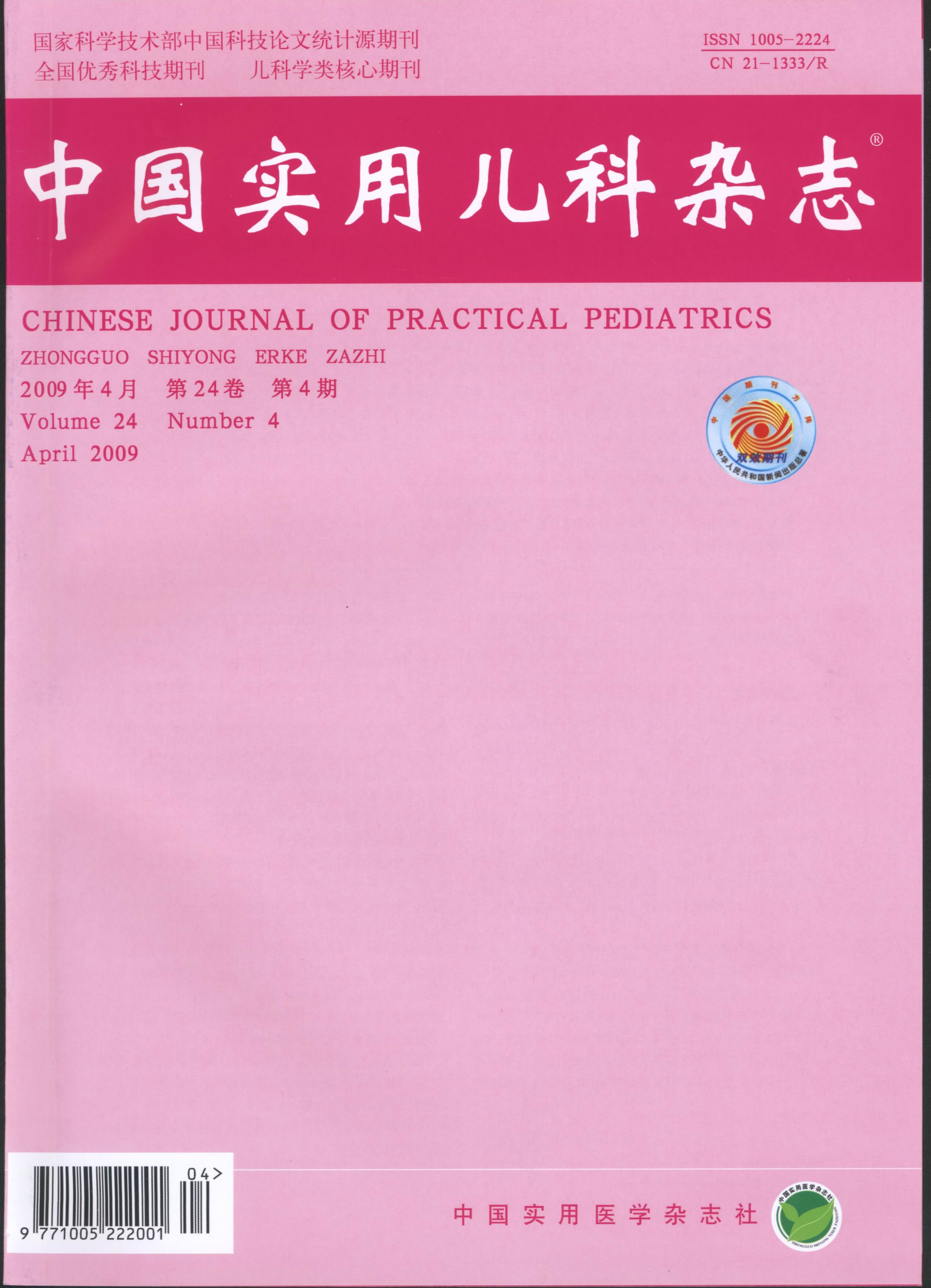To summarize the clinical features of community-acquired pseudomonas aeruginosa sepsis in previously healthy children. Methods We retrospectively reviewed the medical records of children with the diagnosis of pseudomonas aeruginosa sepsis between 2007 and 2008 in Shenzhen Children’s Hospital. Results Among the ten previously healthy children with community-acquired pseudomonas aeruginosa infection, younger than one year,the attack happened from April to October. The common symptoms were fever,weakness,loss of appetite, abdominal distention, diarrhea, skin rash and tachypnea. The complications included septic shock, multiple organ dysfunction syndrome and DIC. Leucocytopenia was present in sixty percent cases during the disease,all with diverse anaemia. CRP showed elevated in all cases. CRP higher than 100mg/L was present in six cases. All the isolated samples of pseudomonas aeruginosa were susceptible to Piperacillin/Tazobactam , Levofloxacin, Amikacin, Imipenem and Aztreonam, Others drug-resistance were Cefepime, Gentamicin, Ciprofloxacin, Tobramycin and Ceftazidime. Four children were not given susceptible antibiotics on admission, of whom three died, two died of septic shock and DIC (1 case combined with pulmonorrhage),and one died of acute renal failure.Conclusion Community-acquired pseudomonas aeruginosa sepsis is usually found in infants and characterized with rapid onset, occuring in summer, high mortality, and complications and severe sequelae. If a child presents fever,weakness,diarrhea, rapid aggravation,sudden septic shock or leukocytopenia with significantly elevated CRP,pseudomonas aeruginosa sepsis should be suspected and anti-pseudomonas antibiotics should be included in the initial empiric antibiotic regimen.

